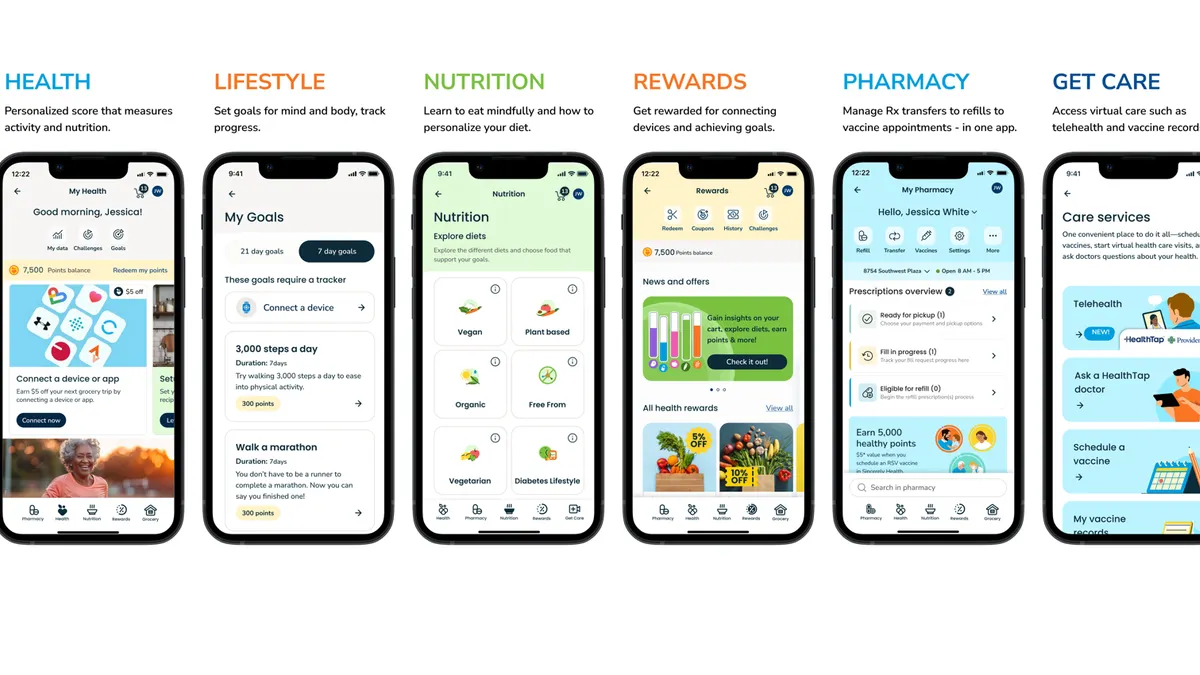Malaysian University Startup Pioneers THz Tech for Food Freshness – Revolutionizing Quality Control!

A Groundbreaking Innovation from UoH: Ensuring Food Safety with Terahertz Technology
In a significant leap forward for food safety and quality control, a startup originating from the University of Malaya (UoH) in Malaysia has developed cutting-edge Terahertz (THz) technology to accurately assess food freshness. This pioneering development promises to revolutionize the way we monitor and ensure the quality of our food supply, offering a non-destructive and highly efficient alternative to existing methods.
The Problem with Current Food Freshness Testing
Currently, determining food freshness often relies on subjective visual inspection or destructive testing methods. These approaches can be inaccurate, time-consuming, and costly. Moreover, they can lead to food waste if produce is prematurely discarded based on unreliable assessments. There’s a clear need for a more precise, rapid, and non-invasive solution.
Enter Terahertz Technology: A Game-Changer
The UoH startup's innovation leverages the unique properties of Terahertz radiation. THz waves sit between microwaves and infrared light on the electromagnetic spectrum and possess the remarkable ability to penetrate many materials without causing damage. This allows the technology to “see” beneath the surface of food, analyzing its molecular composition to determine its freshness level. Unlike traditional methods, THz technology doesn’t require physical contact or sample destruction, preserving the integrity of the food being tested.
How it Works: A Detailed Look
The THz system emits low-energy Terahertz waves that interact with the food sample. The reflected waves are then analyzed, providing a detailed “fingerprint” of the food’s internal structure and composition. Changes in this fingerprint, indicative of degradation or spoilage, are used to accurately assess the food's freshness and shelf life. The technology can be adapted to various food types, including fruits, vegetables, meat, and seafood.
Benefits & Potential Impact
- Enhanced Food Safety: More accurate freshness assessment reduces the risk of consuming spoiled food.
- Reduced Food Waste: Precise measurements minimize premature discarding of edible produce.
- Improved Quality Control: Food producers can optimize storage and transportation conditions to maintain freshness.
- Faster Testing: THz technology provides rapid results, enabling real-time monitoring.
- Non-Destructive: The method preserves the integrity of the food sample.
A Source of Institutional Pride
Professor Chaudhary, a key figure in the development of this technology, expressed immense pride in this achievement. He highlighted that initiatives like this exemplify the University's commitment to translating laboratory research into practical, socially beneficial outcomes. This startup represents a clear pathway from academic exploration to tangible solutions that address real-world challenges.
Looking Ahead: Commercialization and Future Applications
The startup is currently working on scaling up the technology for commercial application, with plans to offer portable THz scanners for use in supermarkets, food processing plants, and transportation hubs. Future research is focused on expanding the technology's capabilities to detect specific spoilage organisms and to further refine its accuracy and speed. The possibilities are vast, and this Malaysian startup is poised to play a significant role in shaping the future of food quality control.






